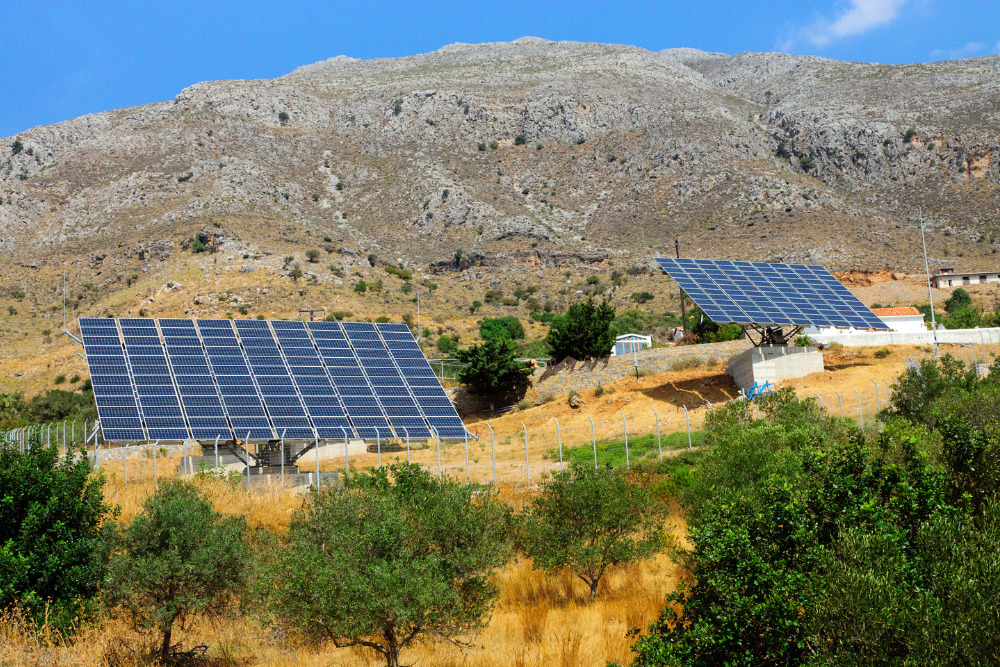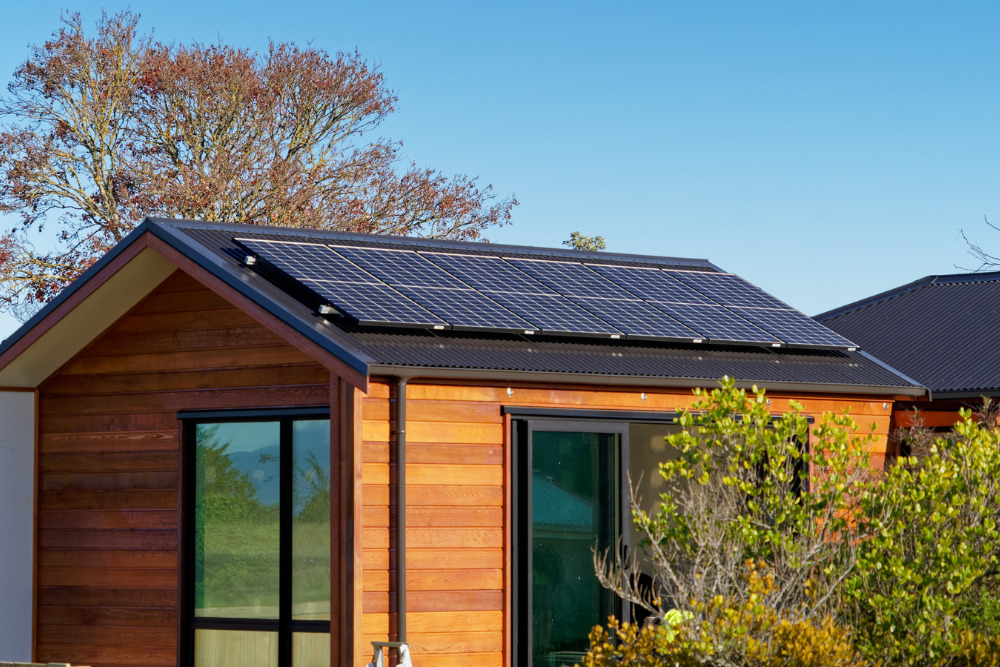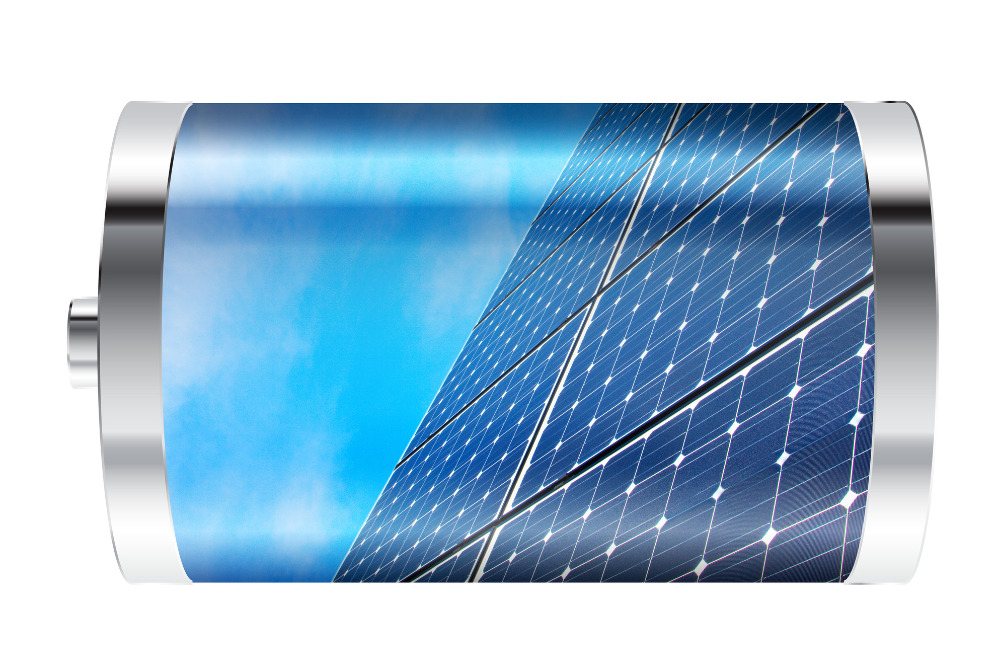
Off-grid power systems create a sustainable solution for those wishing to reduce their carbon footprint, gain independence from traditional power sources, or those in remote areas where access to grid-tied power is difficult.
Because of their environmental benefits and lower cost, off-grid solar power systems have become popular in recent years.
These autonomous power systems are renewable energy sources and are not connected to the primary power grid. The power is generated by capturing the energy of the sun using photovoltaic (PV ) modules (solar panels) to create direct current (DC) electricity.
Whether you are in a remote area with limited grid access, or you are practicing self-consumption on your homestead, explore whether an off-grid system is right for you.
What’s The Difference Between Off-Grid & Grid-Tied Solar?
When powering your home or business, there are two primary types of pf solar systems – grid-tied and off-grid. Which will be best for you depends on your preference and access to the power grid.
Complete off-grid solar panel systems are entirely independent of the power grid. When purchasing a solar panel kit, the system components will include,
- Monocrystalline solar panels
- Batteries
- Charge controllers
- Wiring
- Solar inverter
- Racking
The solar panels collects energy from the sun, which is then stored in the batteries for later use. The inverter then converts the DC electricity generated by the panels into AC electricity that can power appliances in your home.
These systems are ideal for remote locations without access to the electrical grid.
Grid-tied solar systems have a direct connection to the power grid. They also have panels and an inverter, but they don’t require a battery.
With a grid-tied system, when there’s no sunlight or when more energy is needed than being produced by the panels, the user can still rely on traditional electricity from their utility company.
There is also a third option – grid-tied solar systems with battery backup. This configuration utilizes grid-tied and off-grid solar features to create a hybrid system.
In the case of a grid-tied system with battery backup, the electricity generated from the solar panels is stored in the batteries for future use. But because there’s also a connection to the electrical grid, backup power can be accessed when the solar panels aren’t producing enough electricity on their own.

How Big Of A Solar System Do You Need To Go Off-Grid?
If you’ve decided on an off-grid solar system, the next consideration is size, which depends on a variety of factors.
Energy needs
Larger households with many appliances and electronics will have higher energy consumption and require a bigger system and more battery energy storage than a smaller home.
Location
Areas with less sunlight or extreme weather conditions may need a larger system. A solar panel array can be placed on roofs or on a ground mount depending upon where the sun exposure is most consistent.
Battery storage capacity
A larger battery bank can store more solar energy produced during peak sunlight hours. This stored energy can be accessed when less sunlight is available.
What Is The Average Cost Of Off-Grid Solar Systems?
Costs for an off-grid solar kit can vary depending on the size and complexity of the system. On average, small off-grid solar systems run $15,000 - $20,000, while larger ones cost upwards of $50,000.
There is additional variance in cost based on the brand and quality of the components and whether you want a fixed solar array or portable solar panels. For small off-grid cabins that aren’t used year-round, portable solar generators or power stations may provide adequate electricity for under $5,000.
The battery bank is a big part of what makes an off-grid system more expensive than a grid-tied system. LiFePO4 (LFP) lithium iron phosphate batteries are the most popular choice for off-grid solar power systems. They are long-lasting, have a faster charging cycle, and they are more environmentally conscious as they don’t contain toxic cobalt like lithium-ion batteries. However, long-lasting LFP batteries are the priciest option. Expect to pay between $9,000-30,000 for LFP batteries or $5,000-15,000 for traditional lead acid batteries.
Although the initial investment in an off-grid solar system may seem high, the savings realized over time can be significant by completely eliminating electricity bills.
What Are the Drawbacks Of Off-Grid Solar?
Despite the benefits, there are some cons to off-grid solar systems. These include:
- The high initial cost of solar installation. These costs will vary depending on whether you contract professional installers or decide to DIY
- Complete dependence on weather and sun exposure for energy
- Roof or ground space for enough solar panels
- Space for batteries
- Battery replacement costs
- System maintenance
Whether the benefits outweigh the drawbacks will depend on your needs, budget, and space.
What Is The Lifespan Of An Off-Grid Solar Battery?
One of the main considerations when investing in an off-grid solar power kit is battery lifespan. Deep-cycle batteries are used to power solar energy systems.
The lifespan of a solar battery varies based on several factors:
- Type of battery
- Capacity
- Use and maintenance
On average, AGM lead-acid batteries have a lifespan of 5-10 years, while lithium batteries will last 10+ years, especially LFPs.
Proper care and maintenance can extend the life of your solar battery. It’s essential to keep your battery charged and avoid overcharging or deep discharging. A solar charge controller is necessary for regulating charge and maintaining the health of your battery.

How Much Power Will An Off-Grid Solar System Generate In The Winter?
In the winter, a good rule of thumb is to expect your system to generate roughly 60% of the energy generated during the summer.
When there is less sunlight and inclement weather, the amount of power generated by so systems will be reduced. Larger panels are required in areas where winter conditions come with a notable reduction in sunlight. Additionally, colder temperatures can reduce battery capacity and efficiency.
Despite these challenges, the right off-grid solar system can still generate adequate amounts of power during the winter months.


